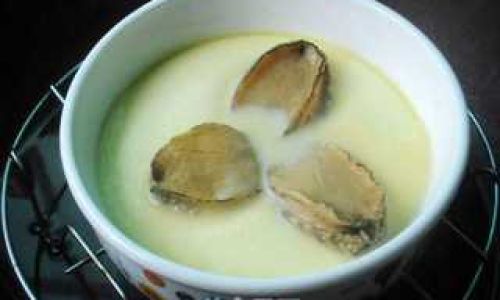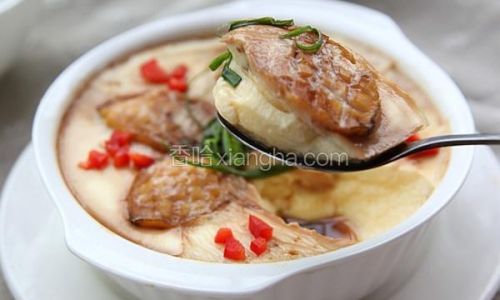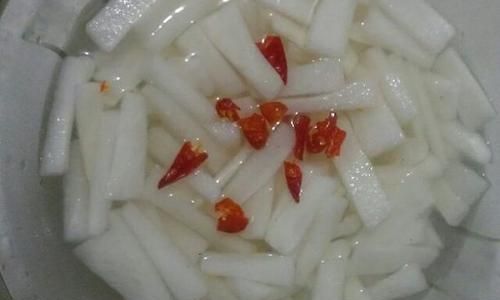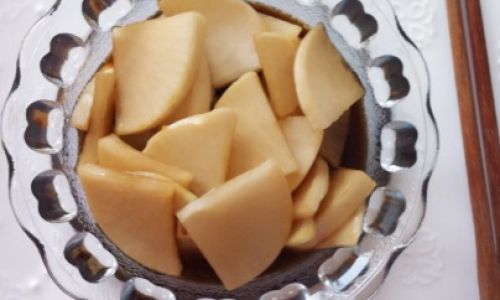Introduction
Steamed abalone with egg custard, a dish that marries the briny sweetness of the sea with the velvety richness of eggs, is a culinary masterpiece rooted in Chinese gastronomy. This delicate preparation, often reserved for special occasions or fine dining, showcases the harmony between land and sea. Abalone, a prized mollusk revered for its tender texture and umami-rich flavor, is paired with a silken egg custard infused with aromatic broth. The result is a dish that is both visually stunning and subtly complex in taste. While the recipe may appear deceptively simple, achieving the perfect balance of textures and flavors requires precision, patience, and an understanding of the ingredients’ nuances. This article will guide you through the intricacies of crafting this elegant dish, from selecting the finest abalone to mastering the steaming technique that ensures a flawless finish.
The Allure of Abalone
Abalone, known as bào yú in Chinese, has long been considered a delicacy in Asian cuisine. Historically, it was a symbol of luxury and prosperity, often served at imperial banquets and celebratory feasts. Today, it remains a sought-after ingredient, prized for its unique taste and nutritional benefits. Rich in protein, vitamins, and minerals, abalone is also believed to have medicinal properties in traditional Chinese medicine, such as nourishing the liver and improving eyesight. When steamed, abalone retains its natural flavors while absorbing the delicate essence of the surrounding custard, creating a symphony of tastes that linger on the palate.
Ingredients: Quality Matters
The success of this dish hinges on the quality of its components. Freshness is non-negotiable, especially when it comes to abalone. Opt for live abalone if possible, as their flesh is firmer and sweeter than frozen or dried varieties. For the egg custard, use free-range eggs for a deeper yellow hue and creamier texture. Chicken broth, preferably homemade, forms the liquid base of the custard, imparting a savory depth that complements the abalone’s brininess. A touch of Shaoxing wine, ginger, and sesame oil enhances the aromatic profile, while a garnish of cilantro or chopped scallions adds a refreshing finish.
Step-by-Step Preparation
Cleaning and Tenderizing the Abalone
Begin by gently prying the abalone from its shell using a spoon. Rinse the flesh under cold water to remove any grit or debris. To tenderize the meat, use a dull knife or the back of a spoon to lightly scrape the surface, breaking down the muscle fibers without damaging the flesh. Some chefs recommend marinating the abalone in a mixture of Shaoxing wine, ginger juice, and a pinch of salt for 15–20 minutes to enhance its flavor and further soften the texture.

Preparing the Egg Custard Mixture
In a mixing bowl, whisk 3 large eggs until the yolks and whites are fully combined. The key to a silken custard lies in the ratio of eggs to liquid. For every egg, use 1.5 times the volume of chicken broth. For instance, 3 eggs (approximately 150ml) require 225ml of broth. Strain the mixture through a fine sieve to remove any air bubbles or impurities, ensuring a smooth consistency. Season lightly with white pepper and a drizzle of sesame oil, but avoid over-seasoning, as the abalone and broth will contribute additional flavor.
Steaming the Custard Base
Pour the egg mixture into a heatproof dish or individual ramekins. Cover tightly with aluminum foil or a lid to prevent condensation from diluting the custard. Place the dish in a steamer basket over gently simmering water. The water should be at a bare simmer—too vigorous a boil will create bubbles that disrupt the custard’s surface. Steam for 8–10 minutes, or until the edges are set but the center remains slightly jiggly. This partial cooking ensures the custard can support the abalone without becoming rubbery.
Incorporating the Abalone
While the custard steams, slice the marinated abalone into thin, translucent pieces. Arrange the slices decoratively atop the partially set custard. Return the dish to the steamer and continue cooking for an additional 5–7 minutes. The abalone will gently cook in the residual heat, infusing the custard with its essence. Avoid overcooking, as this will toughen the abalone and cause the custard to become grainy.

Finishing Touches
Once the custard is fully set and the abalone is tender, remove the dish from the steamer. Drizzle a teaspoon of premium soy sauce over the surface, followed by a sprinkle of chopped cilantro or scallions. For an added layer of flavor, some recipes call for a final touch of hot oil infused with ginger or garlic, though this is optional. Serve immediately to savor the dish at its peak—warm, fragrant, and impossibly smooth.
Tips for Perfection
- Temperature Control: Maintain a consistent, low steam throughout the cooking process. High heat will cause the custard to age (form coarse bubbles) and the abalone to seize.
- Egg-to-Liquid Ratio: Experiment with the ratio to suit your preference. A higher liquid content yields a softer custard, while less liquid creates a firmer texture.
- Abalone Selection: If fresh abalone is unavailable, use frozen or canned varieties, but ensure they are thoroughly rinsed and patted dry before use. Dried abalone requires rehydration in water for 24–48 hours before preparation.
- Presentation: Elevate the dish by garnishing with edible flowers, gold leaf, or a sprinkle of tobiko (flying fish roe) for a contemporary twist.
Variations and Innovations
While the classic recipe is timeless, modern chefs often experiment with flavors and textures. Consider these variations:

- Truffle Infusion: Add a few drops of truffle oil or shavings of black truffle to the custard mixture for an earthy, luxurious note.
- Seafood Medley: Incorporate diced shrimp, scallops, or fish roe alongside the abalone for a surf-and-turf extravaganza.
- Vegetarian Adaptation: Substitute abalone with king oyster mushrooms or enoki mushrooms, marinated in a mixture of soy sauce, mirin, and sesame oil.
Health and Nutritional Benefits
Beyond its gourmet appeal, steamed abalone with egg custard offers notable health benefits. Abalone is a low-fat source of lean protein, rich in iodine, calcium, and omega-3 fatty acids, which support heart and brain health. Eggs provide essential amino acids, vitamins D and B12, and choline, crucial for cognitive function. The dish’s steaming method preserves nutrients that might be lost in frying or boiling, making it a wholesome choice for health-conscious diners.
Cultural Significance
In Chinese culture, steamed dishes symbolize purity, harmony, and respect for ingredients’ natural flavors. Steamed abalone with egg custard is often served during Lunar New Year celebrations, weddings, and other auspicious occasions, embodying prosperity and togetherness. The dish’s golden hue, reminiscent of gold ingots, further underscores its association with wealth and good fortune.
Serving Suggestions
Pair this dish with steamed jasmine rice to soak up the custard’s savory broth, or serve it as an elegant appetizer alongside lightly dressed greens. For beverage pairings, consider a crisp white wine such as Chardonnay or a floral oolong tea to balance the dish’s richness without overpowering its subtlety.

Common Pitfalls to Avoid
- Overcooking: The custard should be tender, not spongy. Test for doneness by gently shaking the dish; the center should wobble slightly.
- Skimping on Broth: Homemade broth, though time-consuming, elevates the dish. Store-bought varieties often lack depth and may contain additives.
- Ignoring Abalone Preparation: Failing to tenderize or marinate the abalone can result in a chewy, bland ingredient.
- Using Cold Ingredients: Ensure all components, including the broth and eggs, are at room temperature before mixing to prevent uneven cooking.
Conclusion
Steamed abalone with egg custard is a testament to the beauty of simplicity in cooking. It requires minimal ingredients yet demands meticulous attention to detail. By honoring the integrity of each component—the abalone’s sweetness, the custard’s silkiness, and the broth’s savory backbone—you create a dish that transcends mere sustenance, becoming a celebration of culinary artistry. Whether served at a banquet table or a family dinner, this delicate delight invites diners to savor the ephemeral balance of flavors, textures, and traditions. With practice and patience, you too can master this timeless recipe, transforming humble eggs and seafood into a masterpiece worthy of praise.




0 comments